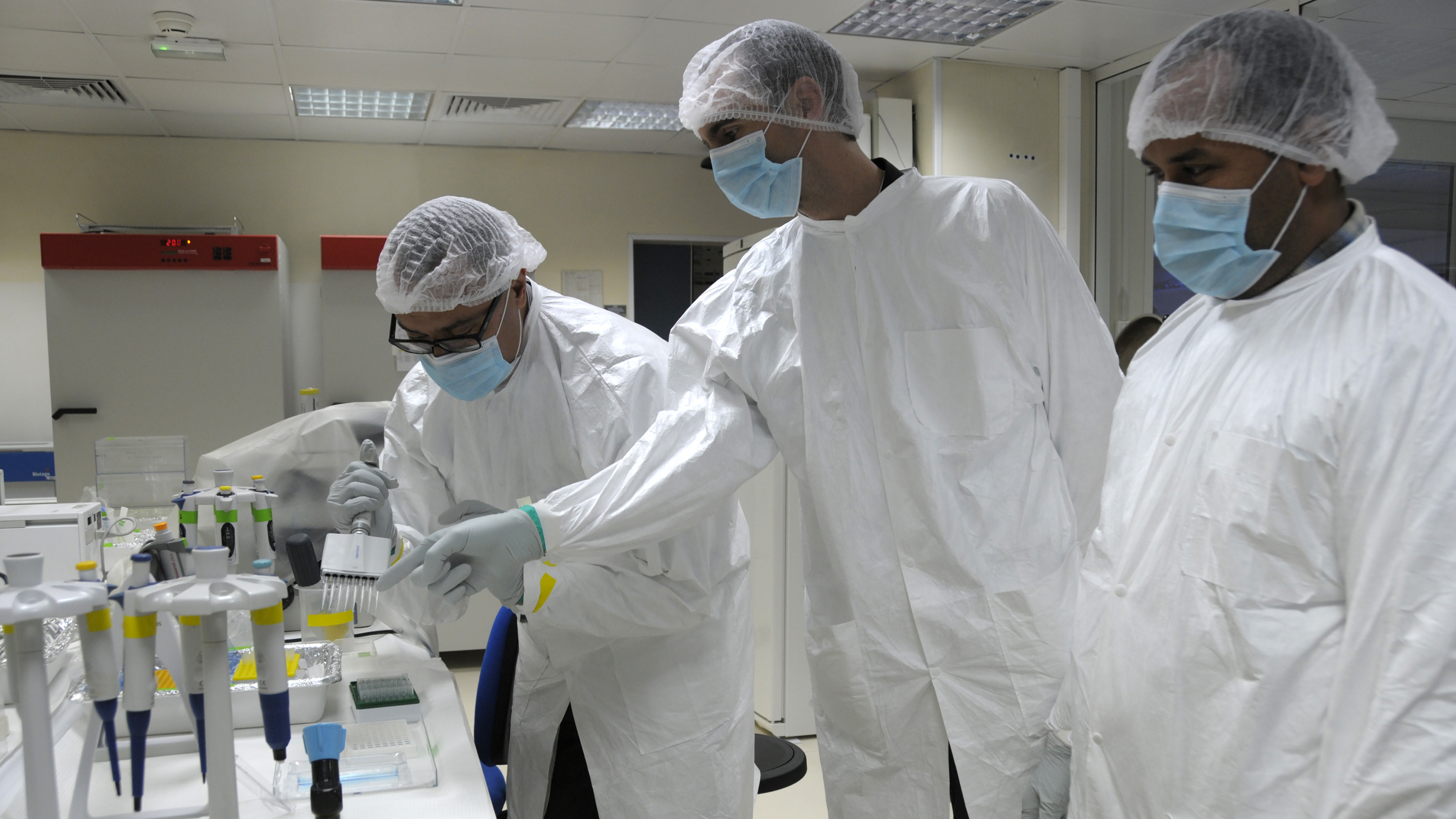摩纳哥 — 在原子能机构及其合作伙伴上月组织的一个讲习班上,来自30多个国家的60位科学家了解了如何利用核技术来防止来自有害藻华的生物毒素。
处于海洋食物链底部的微观藻类为海洋生物提供营养物,超过一半的地球氧气供应都是其所产生的。然而,水向表面自然流动以及农业径流累积入海等因素可能会增加沿海水域的营养物水平,并引发藻华,而其中有时可能包括有毒物种。
每年,这些有害藻华都是造成世界各地成千上万人中毒的原因,因为他们食用了受污染的海产品并吸入空气中的毒素。“面对这种藻华明显增加的频率、地域分布和强度,现在迫切需要在全球范围内解决这些问题,”原子能机构摩纳哥环境实验室的科学研究者Marie-Yasmine Dechraoui Bottein说。
尽管控制漂浮在水体中的浮游有毒有害藻华的影响的策略是明确的,但在科学了解海底那些被称为底栖物种的有害藻华方面还存在差距。法属波利尼西亚路易斯·马拉德研究所的科学研究者和会议发言人Clemence Gatti说,与气候变化有关的环境变化可能使情况变得更糟,因为死珊瑚礁构成了大型海藻的良好栖息地。随着垂死珊瑚数的增加,有可能出现底栖有害藻华的扩散及相关的健康风险。
最常见的疾病之一是雪卡鱼中毒 — 由食用受底栖有害藻华产生的雪卡鱼毒素污染的鱼而引起的非细菌海鲜中毒。
Gatti说:“这是一种复杂的疾病,目前人们仍然知之甚少。“它的表现可以有175种不同的症状,这些症状可持续数月甚至数十年,这使得该疾病的诊断和管理成为医生的挑战。”她突出强调了雪卡鱼对民众构成的威胁,并补充说有些人一生中可能会经历10到15次雪卡鱼中毒。一些鱼类如红鲷鱼可能保持长达30个月的毒性。


